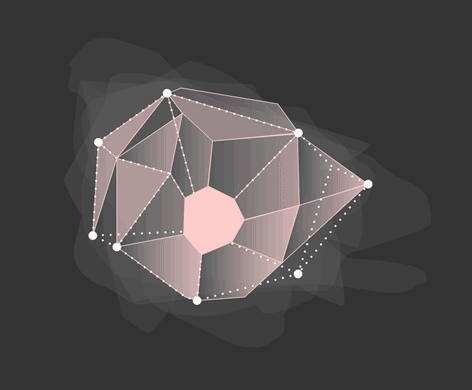Pictorial Involvement. Providing access to philosophical texts via visualization through artistic practice
DOI:
https://doi.org/10.7577/formakademisk.500Keywords:
design theory, teaching philosophy, visualization of philosophy, emotional involvement, animated film, students’ understanding of theoryAbstract
Theory dissemination in design can be labelled with what Rittel and Webber called a “wicked problem”. Design educators do not only struggle with the vague ontology of their discipline, but also with the fact that basic conjectures are seldom made explicit, which impedes possibilities for teaching design theory to students. This article addresses the question of how to facilitate theoretical understanding in design with the help of visualization through artistic practice. Following the introduction, which provides reasons for teaching philosophy in design at any rate, the second section presents features of a philosophy introduction course at the Oslo School of Architecture and Design (AHO). Section three introduces an experimental project on visualization through artistic practice conducted in this course in 2010. Section four presents project results by evaluating the students’ experiences. Conclusively, section five discusses benefits and challenges of this type of visualization for understanding theory in design. Results are meant to contribute to theory dissemination in the design disciplines.

Downloads
Published
How to Cite
Issue
Section
License
Authors who publish with this journal agree to the following terms:
- Authors retain copyright and grant the journal right of first publication with the work simultaneously licensed under a Creative Commons Attribution 4.0 License that allows others to share the work with an acknowledgement of the work's authorship and initial publication in this journal.
- Authors are able to enter into separate, additional contractual arrangements for the non-exclusive distribution of the journal's published version of the work (e.g., post it to an institutional repository or publish it in a book), with an acknowledgement of its initial publication in this journal.
- Authors are permitted and encouraged to post their work online (e.g., in institutional repositories or on their website) prior to and during the submission process, as it can lead to productive exchanges, as well as earlier and greater citation of published work (See The Effect of Open Access).
- The author(s) must manage their economic reproduction rights to any third party.
- The journal makes no financial or other compensation for submissions, unless a separate agreement regarding this matter has been made with the author(s).
- The journal is obliged to archive the manuscript (including metadata) in its originally published digital form for at least a suitable amount of time in which the manuscript can be accessed via a long-term archive for digital material, such as in the Norwegian universities’ institutional archives within the framework of the NORA partnership.
The material will be published OpenAccess with a Creative Commons 4.0 License which allows anyone to read, share and adapt the content, even commercially under the licence terms:
This work needs to be appropriately attributed/credited, a link must be provided to the CC-BY 4.0 licence, and changes made need to be indicated in a reasonable manner, but not in any way that suggests that the licensor endorses you or your use.



